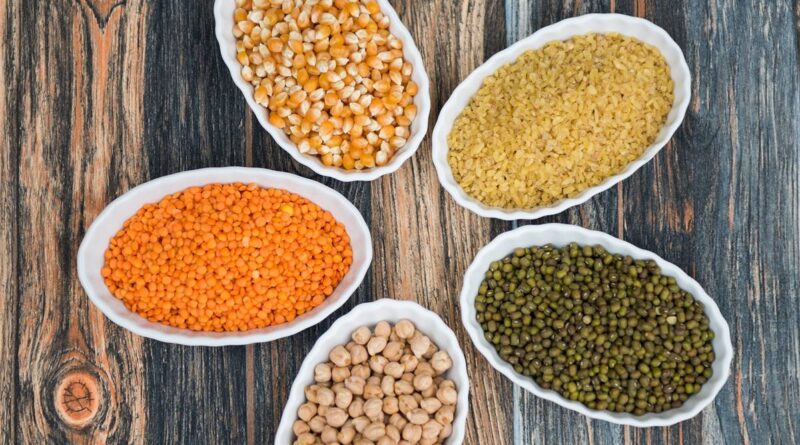Assam: Unknown disease damages pulses farming in Dhakuakhana
By Farhana Ahmad
Hundreds of bighas of land under pulse cultivation have been affected by a disease unknown to local farmers, causing extensive crop damage in Assam’s Lakhimpur Dhakuakhana region.
The farmers, who had already suffered losses due to a failed rice crop this year following insufficient rainfall and had turned to black lentils for the winter season, are now facing severe financial setbacks due to the spread of the disease.
The Black-gram Plant Leaf Disease (BPLD) has reportedly affected more than two hundred bighas of farmland in Alimur–Dangdhora village under Dimoruguri Gaon Panchayat, and in Kekuri–Sonari Chapori Gaon Panchayat areas of western Dhakuakhana, mostly cultivated by ST communities.
The mature black lentil plants in the fields are showing severe yellowing of leaves, leading to complete crop damage. Affected farmers blamed the nearest agriculture office for failing to address the issue. Speaking to the media, one farmer said the Sub-Divisional Agriculture Department had not sent any officials to inspect the fields or create awareness about the disease. The farmers also alleged that no Gram Sevaks had visited the area for several years.
The yellowing of black lentil plants, known as Yellow Mosaic Disease, is one of the most devastating plant diseases in the country, occurring throughout the year regardless of the season.
A virus transmitted by whiteflies primarily causes the disease and can lead to 50% to 70% crop loss.
The disease becomes particularly severe if it affects crops during the early growth stages.
Early symptoms appear as small yellow spots or patches on young leaves, which gradually spread across a larger area. Eventually, the entire leaf becomes yellow, dry, and withered.
A mosaic pattern of green and yellow spots typically appears on infected leaves. Plants infected with this virus also tend to mature late, reducing both the quality and quantity of the pulses produced.
This article has been republished from The North East Now.

